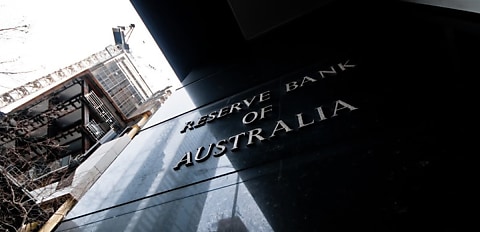The Reserve Bank of Australia’s (RBA) monetary policy minutes for May, released on Tuesday (16 May), revealed that the board debated the case to leave the cash rate on hold or increase it by 25 bps.
In weighing up its decision, the board noted that many households were experiencing “significant financial pressures” associated with the higher cost of living and increased mortgage payments and a further increase in mortgage payments was expected as fixed-rate loans progressively expire.
Despite acknowledging the “significant uncertainties” around the economic outlook following 10 cash rate hikes, “members judged that a further increase in interest rates was warranted”, raising the cash rate by 25 basis points to 3.85 per cent.
The March quarter inflation data weighed heavily on the May minutes, which showed while inflation was easing, it remained high at 7 per cent.
“While the staff’s central forecast had inflation declining, inflation was not expected to reach the top of the target band until mid-2025,” the minutes said.
The board also noted “the strong growth in employment in March” and “persistent services sector inflation abroad” formed part of its decision-making.
Looking ahead, members “agreed that further increases in interest rates” may still be required, but this would depend on how the economy and inflation evolve.
ANZ economist Adam Boyton said the minutes “raise the prospect that rates may rise by more and/or earlier than we expect”.
“We look for one final rate hike from the RBA in August,” Mr Boyton said, holding their current forecast at terminal cash rate peak of 4.1 per cent.
Mr Boyton also noted the amount of mentions of “productivity” in the minutes signalled the combination of productivity and wages growth is impacting inflation, not just wages alone.
“The ‘concern’ about labour market tightness is also of interest and suggests that the bank does need to see some lift in the unemployment rate to gain a little more comfort with the inflation outlook,” Mr Boyton said.
“We see the risks around our expectation of one final 25-bp rate hike in August being that the RBA hikes more and/or sooner than we anticipate.”
Commonwealth Bank’s economist Gareth Aird agreed that the minutes highlighted the board’s concern around weak productivity growth that will result in inflation proving stickier with annual wages growth running at 3.5–4 per cent.
The RBA’s minutes stated that the bank’s forecasts for inflation to return to the top of the target band by mid-2025 were, “predicated on productivity growth returning to around the modest pace recorded prior to the pandemic. If this did not occur, growth in unit labour costs would be uncomfortably fast.”
“So the 1Q23 national accounts, which print the day after the June board meeting, will be particularly important for assessing the changes in both unit labour costs and measured productivity,” Mr Aird said.
CBA holds its forecast that the terminal cash rate has hit its peak at 3.85 per cent.
Westpac economist Bill Evans productivity should not be a factor affecting the immediate policy outlook.
“Unless the Board is convinced that Australia is set for an extended period of further productivity erosion in which case the tightening cycle would have significantly further to run,” Mr Evans said.
“We still expect that the Board will choose to pause at the next board meeting in June 6. But the case for further near-term rate increases cannot be dismissed.”
Mr Evans added that the minutes showed overwhelming justification towards a hike in May, not a “finely-balanced” argument as the RBA noted.
“That ‘finely balanced’ assessment also seems inconsistent with the return in the rhetoric to the February approach of discussing multiple rate hikes, although the phrasing “are likely to be needed” is replaced by “may still be required”, Mr Evans said.
“The attraction of pausing to assess the cumulative impact of the most rapid tightening cycle we have seen seems to have less weighting.”
[Related: NAB forecast cash rate peak to reach 4%]

